35+ Sample Order Forms
-

Mail Service Order Form
download now -
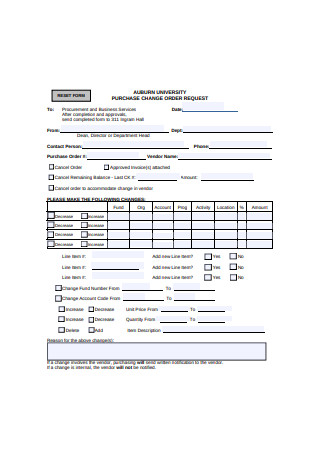
Purchase Change Order Request Form
download now -

Sales Voucher Order Form
download now -

Product Order Form Template
download now -
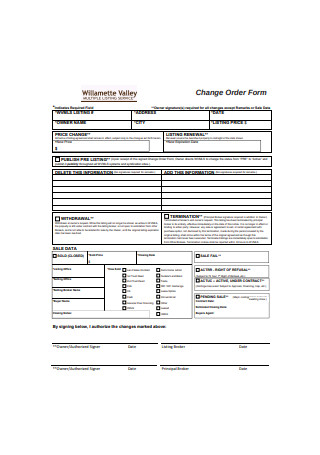
Change Order Form
download now -
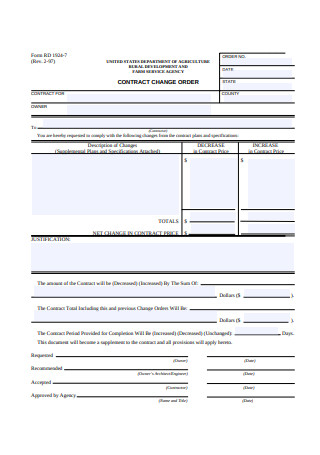
Contract Change Order Form
download now -
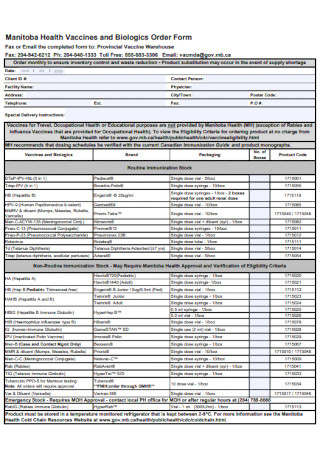
Biologics Order Form
download now -

Work Order Form
download now -
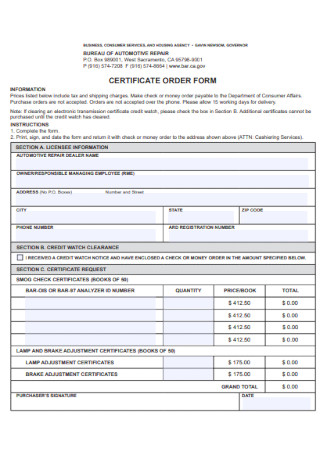
Certificate Order Form
download now -

Sample Purchase Order Change Request Form
download now -
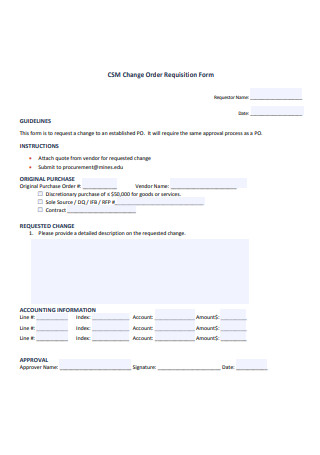
Change Order Requisition Form
download now -
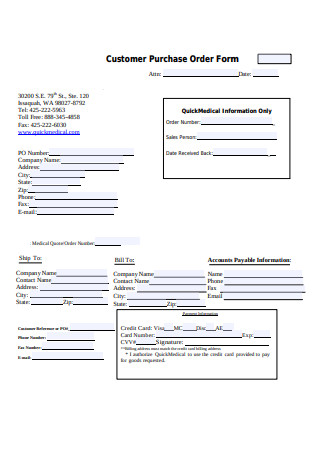
Customer Purchase Order Form
download now -
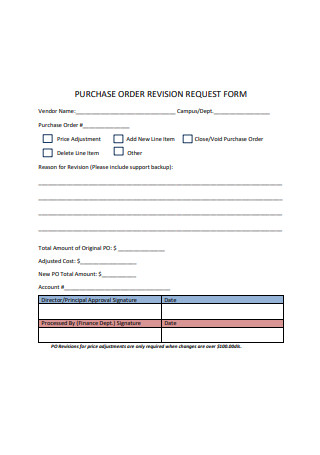
Purchase Order Revision Request Form
download now -
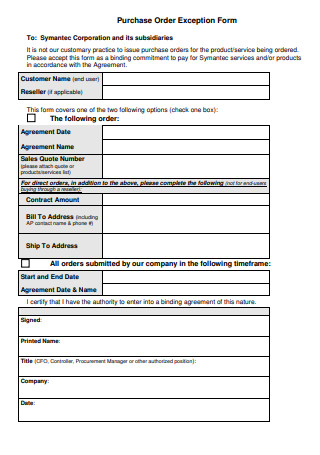
Purchase Order Exception Form
download now -
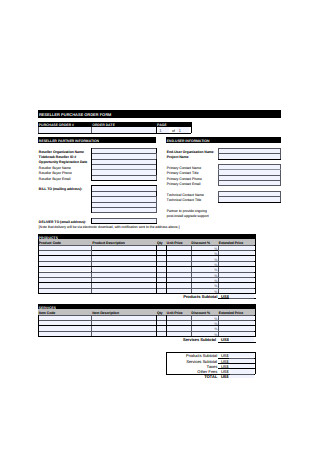
Reseller Purchase Order Form
download now -
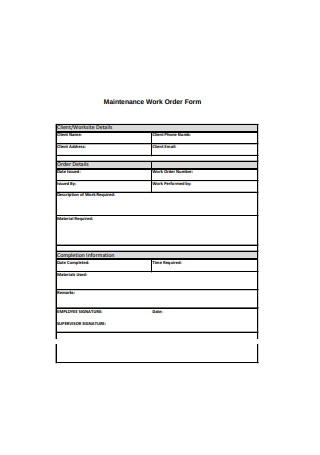
Maintenance Work Order Form
download now -
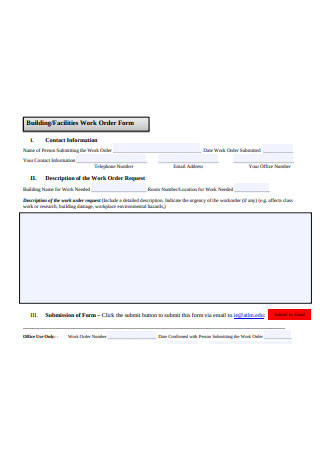
Work Order Form Sample
download now -
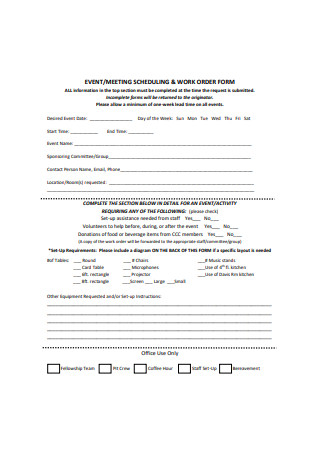
Event Work Order Form Example
download now -
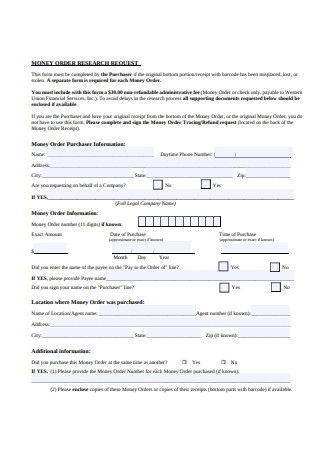
Money Order Research Request Form
download now -
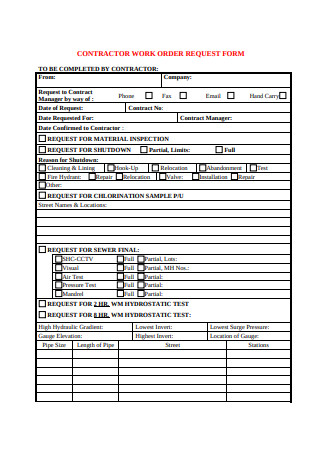
Contractor Work Order Request Form
download now -
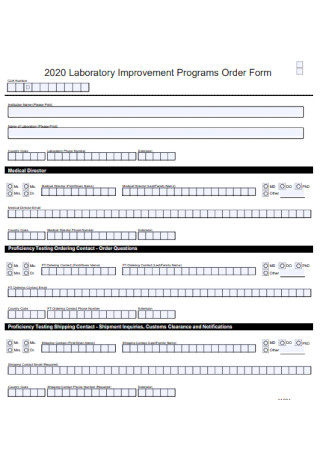
Laboratory Improvement Programs Order Form
download now -
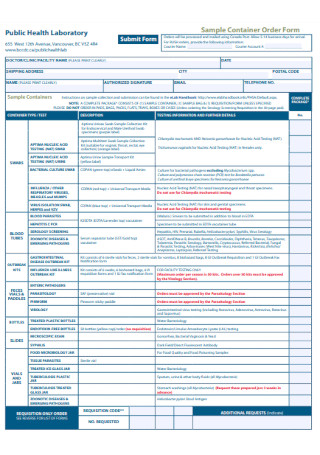
Sample Container Order Form
download now -
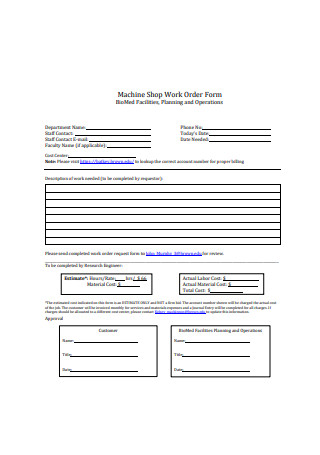
Machine Shop Work Order Form
download now -
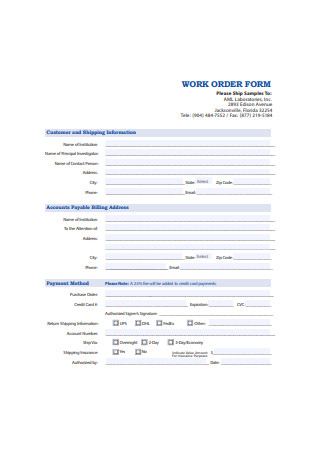
Basic Work Order Form
download now -

Contract Change Order Form
download now -

Order Authorization Form
download now -
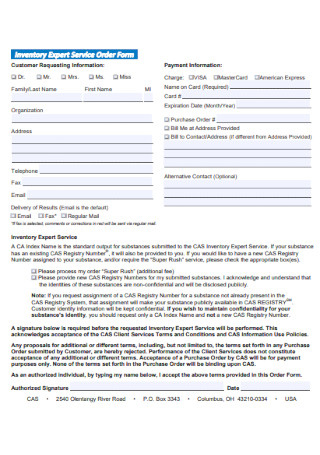
Inventory Service Order Form
download now -

Purchase Order Exception Form
download now -
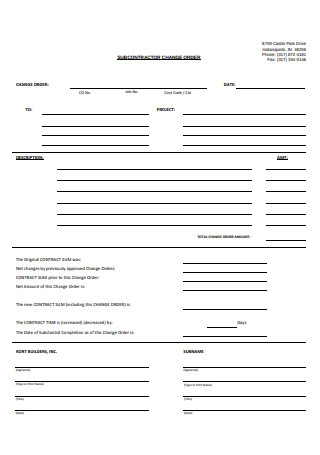
Subcontractor Change Order Form
download now -
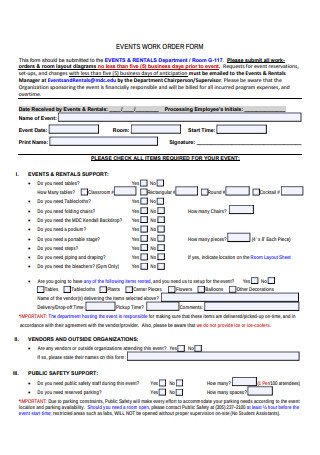
Events Work Order Form
download now -
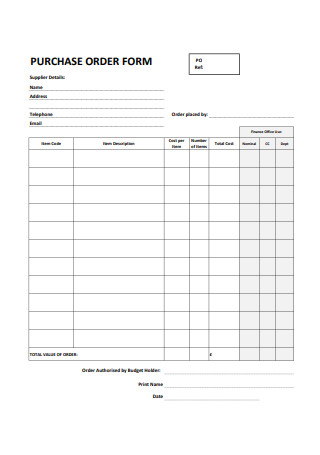
Standard Purchase Order Form
download now -
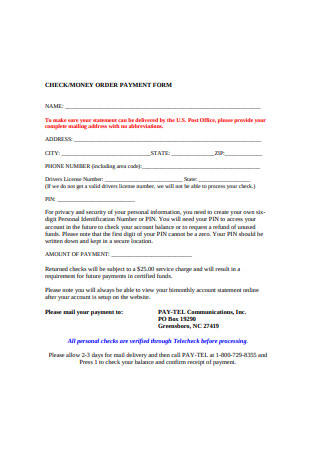
Money Order Payment Form
download now -
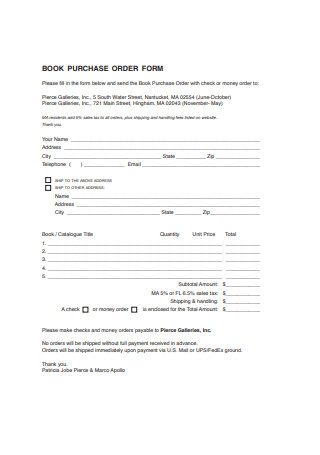
Book Purchase Order Form
download now -

Purchase Order Request Form
download now -
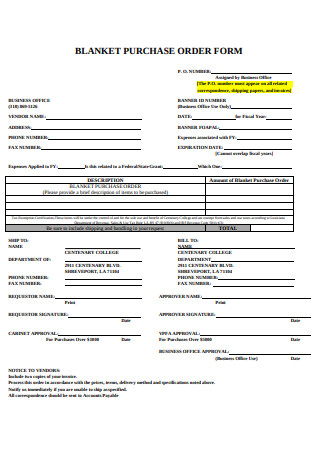
Blanket Purchase Order Form
download now -

Reseller Purchase Order Form
download now
FREE Order Form s to Download
35+ Sample Order Forms
What is an Order Form?
Types of Order Forms
How to Manage Your Orders Efficiently
How to Create an Order Form
FAQs
What are some examples of order forms?
How does order management work?
Why is order management important?
What are the basic components of an order form?
What is an Order Form?
An order form is a simple business document that contains a clear record of one or more business transactions between a buyer and a seller. Also known as a business order form, inventory order form, online order form, sales order form, or service order form, it is a useful blank, editable, and printable document template form sellers prepare and use to include essential details of the order. This form is created before the payment is made.
It lists downs the basic information of the customer and the order accurately. The most basic components of a business purchase order form are the full names of the buyer and seller, the number of the purchase order, the description of the item(s), the number of items requested, unit price(s), shipping method, recipient address, payment details, signatures of buyers and sellers, and the order date. An order form is important when ordering specific products or services from a seller, specifying how many of each item is/are requested, presenting payment terms, utilizing it as a legally binding contract upon acceptance from the seller, and documenting purchases.
Types of Order Forms
Many small business firms and large companies use various types of order forms and order submission forms. Each order form differs according to the needs, preferences, and standards of the organization. Here are some of the common types of order forms they used.
How to Manage Your Orders Efficiently
Many business firms and companies have changed their structures and processes to facilitate their supply chain management which includes managing customer orders, purchase orders, wholesale orders, and many other types of orders. Business professionals in logistics and order management have crucial roles when it comes to planning, scheduling, controlling, and monitoring orders. If you are a new owner of a small business firm, take note of the following tips to help you manage your orders with efficiency and success.
How to Create an Order Form
As you sell your business items or services and set payment methods, creating a simple and well-structured order form is fundamental for any modern e-commerce business and business with physical stores. Follow the steps indicated in this section to help you build your own order form for your new small business.
Step 1: Choose an Order Form Template
Browse Sample.net for simple order form templates such as business order forms, inventory order forms, sales order forms, and service order forms that you need. Select from our diverse document form template collection. Look for an order form template that is suitable for your business needs and preferences.
Step 2: Download and Customize the Selected Order Form Template
When you are finished browsing for your preferred order form template for your business, download your selected order form template. Then, customize your order form template with proper fields according to the specific needs and standards of your own business. Consider the information you need from the client, details about the order or the service, and steps to help your customer. Include the branding of your business in your order form as you incorporate elements that address your business to help your customers and prospects to connect those elements to the product and the business. Use typography, colors, and images related to your business’s visual brand identity, especially including the company’s logo.
Step 3: Include the Basic Components of the Order Form
After you customized the order form, add the basic components of the order form like adding some boxes and field lines for the names of the buyer and seller, purchase order number, item description, number of items requested, billing address, payment information, signatures, and purchase order date.
Step 4: Edit, Save, and Print the Order Form
Review your order form if you need to edit or revise the content and look of your document. Then, save your order form to your preferred document format. You may add or embed the order form to your business website or use an online order form tool to add your form to e-commerce platforms. Print your order form for your physical store and share it with your customers.
FAQs
Some examples of order forms are mail service order forms, purchase change order request forms, sales voucher order forms, product order forms, change order forms, contract change order forms, work order forms, certificate order forms, purchase order change request forms, supply order forms, change order requisition forms, customer purchase order forms, purchase order exception forms, reseller purchase order forms, maintenance work order forms, and event work order forms.
The order management process works in four methods: placement, fulfillment, inventory management, and omnichannel order fulfillment. First, the customer places an order using an automated order form and then, a sales team member checks the order details and confirms the order. Next, a warehouse employee confirms the shipping information, creates an invoice, and fulfills the order by picking, packing, and shipping the order. After that, the inventory levels are tracked, and the last method ensures revenue growth and customer satisfaction.
Order management is important because it allows companies to closely monitor every system and process in the supply chain. An efficient order management system enables businesses to track the visibility and control of customer orders, purchase orders, and other types of orders. Plus, it can help control costs and generate revenue through the automation of manual processes and the reduction of errors.
The basic components of an order form are the buyer and seller names, purchase order number, description of items, number of items requested, billing address, payment details, signatures, and order date. Include the buyer’s shipping address if the seller is shipping the orders.
What are some examples of order forms?
How does order management work?
Why is order management important?
What are the basic components of an order form?
Preparing a simple and systematic order form is essential for many small business firms and large companies to generate more leads, boost sales, increase revenue, and grow your online business brand performance. Be well-informed about the different types of order forms that you will use and take note of the steps to manage your orders efficiently. Easily download and use our sample order form templates and other PDF form samples such as delivery forms, work order invoice forms, and construction work order forms.
